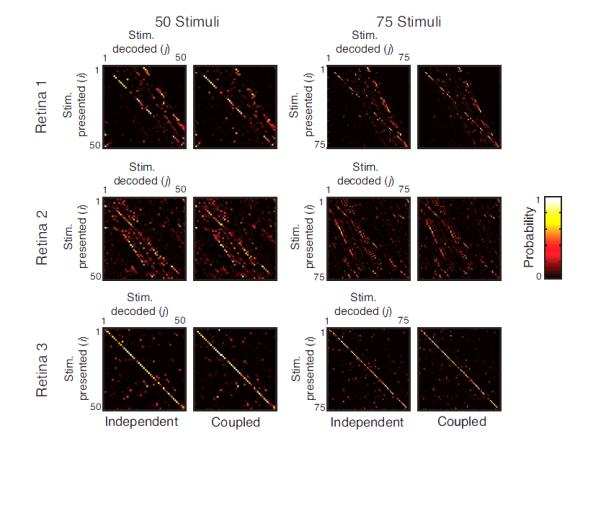Figure 6. Characterization of decoding errors on natural scenes via confusion matrices.

Two confusion matrices are shown. One was constructed with 50 stimuli drawn from the natural scene movies, and the other with 75 stimuli, also drawn from the natural scene movies. The stimuli were 67 ms movie segments. In each matrix, the rows correspond to each presented stimulus, and the columns correspond to the decoded stimulus. The intensity of a pixel in row i and column j corresponds to the probability that the neural response to stimulus i is decoded as stimulus j. On-diagonal elements indicate correct decodings; off-diagonal elements indicate the pattern of errors. Extending the findings of the information calculation (Fig. 5), the confusion matrices are nearly indistinguishable for the independent and coupled models.
